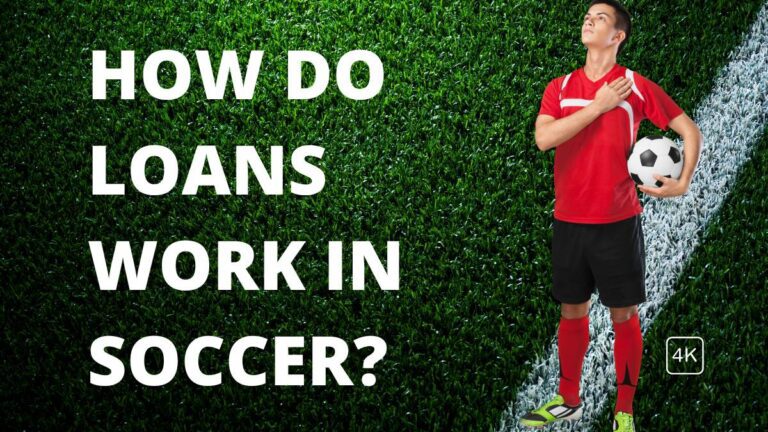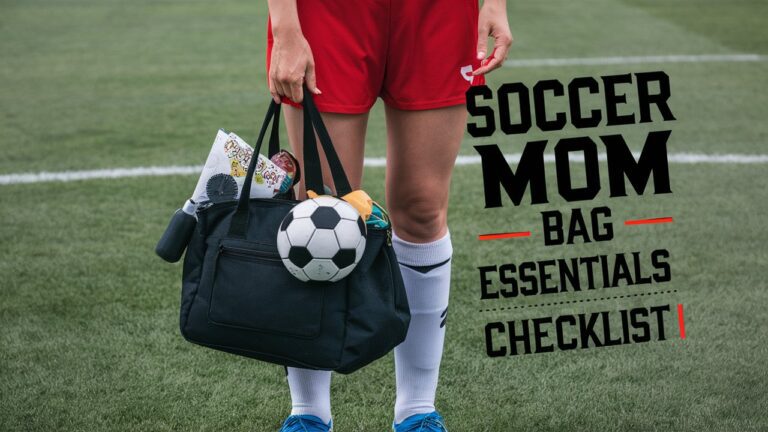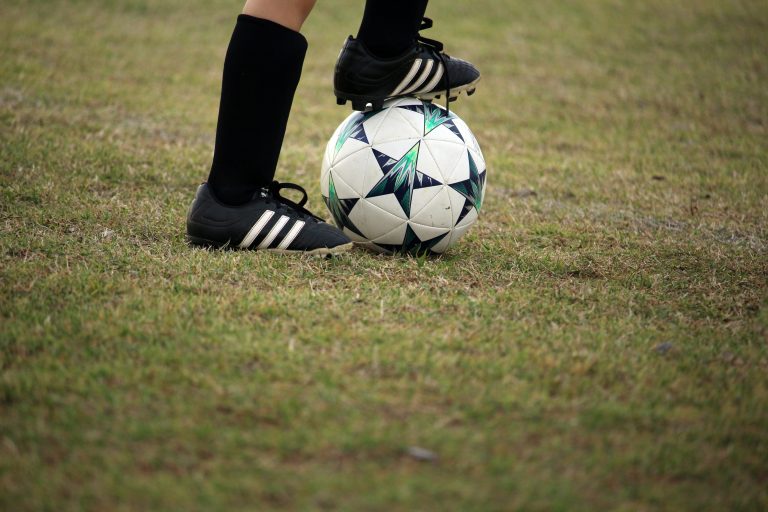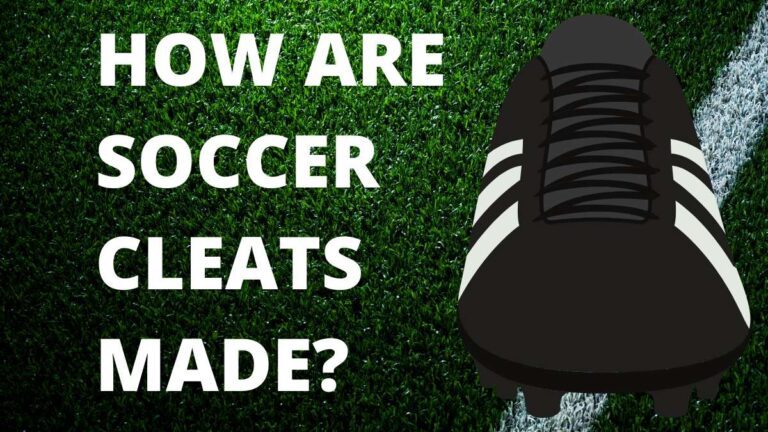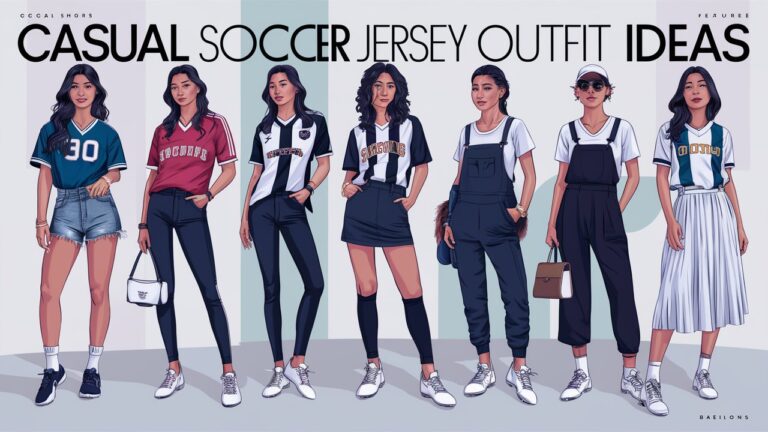Do Soccer Cleats Run Small? – Finding the Perfect Fit in 2024
Finding the right pair of soccer cleats can be challenging, especially regarding sizing. This is why one of the most common questions soccer players have is, “Do soccer cleats run small?” In this blog post, we will explore this question and provide practical tips on choosing the best soccer cleat for you.
We will also discuss the factors that can affect soccer cleat sizing, common complaints about cleat sizing, and the importance of proper sizing for soccer players. So, whether you’re a beginner or an experienced soccer player, read on to learn more about soccer cleat sizing and find the perfect pair for your next game.
Factors Affecting Cleat Sizing
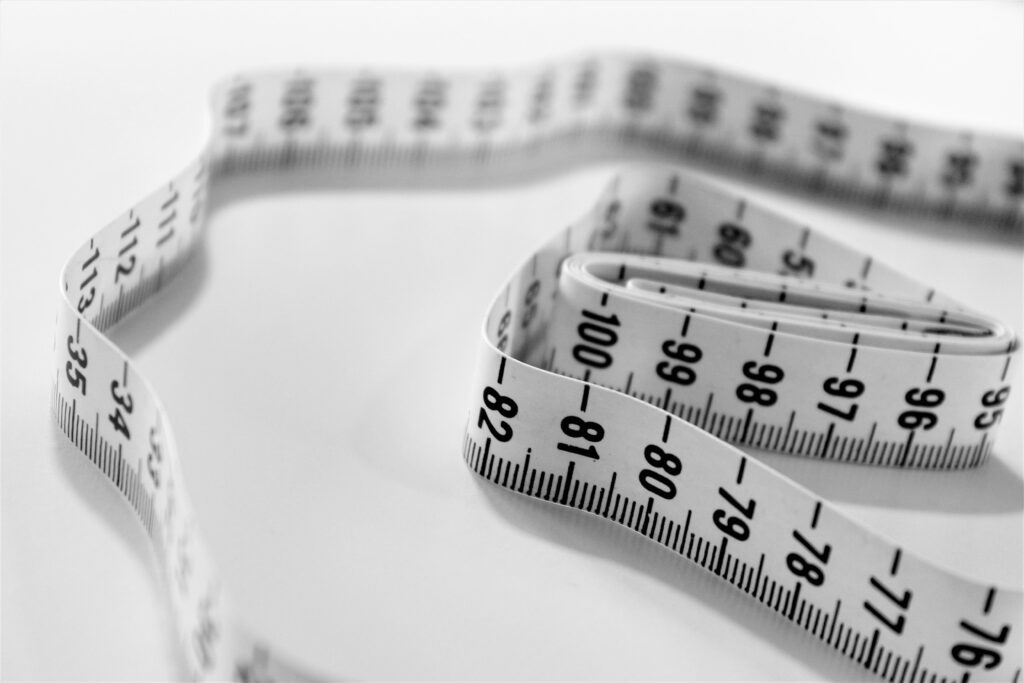
Soccer cleats come in various sizes, and finding the right size is crucial for optimal performance and comfort. However, the sizing of soccer cleats can vary depending on several factors, including:
Brand
Different brands of soccer cleats may have slightly different sizing standards. Some brands may run smaller than others, while some may run larger.
Style
The style of the soccer cleats can also affect the sizing. For example, a pair of high-top soccer cleats may fit differently than a pair of low-top soccer cleats.
Material
The material of the soccer cleats can also impact the sizing. Leather cleats may stretch and mold to the shape of your foot over time, while synthetic cleats may be more rigid and less forgiving in terms of sizing.
Foot Shape
Foot shape can also play a role in determining the proper size of soccer cleats. Some players may have wider feet, while others may have narrow feet, which can affect the fit of the cleats.
Considering these factors when selecting soccer cleats can help you find the perfect size that provides optimal performance and comfort on the field. It’s essential to remember that different brands and styles may fit differently, so be sure to try on multiple sizes and styles before making a final decision. In the next section, we will discuss some of the most common complaints about soccer cleat sizing and their potential impact on a player’s performance and safety.
Common Complaints About Soccer Cleat Sizing

Soccer players have various complaints about soccer cleat sizing that can affect their performance and comfort on the field. Here are some of the most common complaints:
Tightness
Some players complain that soccer cleats are too tight, which can cause discomfort, blisters, or even foot injuries. This issue may be due to the player’s foot shape, the design of the cleats, or the sizing.
Looseness
Other players complain that soccer cleats are too loose, which can affect their control and stability on the field. This issue may be due to the player’s foot shape or the sizing of the cleats.
Inconsistent sizing
Soccer cleats from different brands or even different styles within the same brand may have inconsistent sizing, making it challenging to find the right size.
Lack of width options
Some players with wider feet may have difficulty finding soccer cleats that fit comfortably. Many soccer cleats come in standard width sizes, which may not accommodate all foot shapes.
Ill-fitting soccer cleats can have a significant impact on a player’s performance and safety on the field. Tight or loose cleats can affect a player’s ability to control the ball, move quickly, and make accurate shots, while ill-fitting cleats can increase the risk of blisters, calluses, or even more severe injuries.
Do Soccer Cleats Run Small?
The question of whether soccer cleats tend to run small is a common one among soccer players. The answer, however, is not a straightforward one, as it depends on various factors, including the brand, style, and material of the cleats.
Some players report that certain brands of soccer cleats tend to run small, while others find that the sizing is accurate. It’s essential to note that different brands have different sizing standards, so it’s crucial to try on multiple sizes and styles before making a purchase.
Another factor that can affect the sizing of soccer cleats is the material. Leather cleats, for example, tend to stretch and mold to the shape of the foot over time, while synthetic cleats may be less forgiving in terms of sizing.
It’s also essential to consider individual factors, such as foot shape and personal preference when determining whether a particular brand or style of soccer cleat runs small. Some players with wider feet may find that certain brands or styles of soccer cleats are too narrow, while others may prefer a tighter fit for better control and stability on the field.
Ultimately, it’s important to prioritize finding the right fit and comfort over adhering to a particular size chart or label. Players should try on different sizes and styles of soccer cleats, and consult with knowledgeable salespeople or coaches to find the right fit for their needs.
In the next section, we will provide practical tips for selecting the right size of soccer cleats and ensuring optimal performance and safety on the field.
How Should Soccer Cleats Fit: Tight or Loose?

The question often arises: should soccer cleats fit tight or loose? Well, the answer lies somewhere in the middle, striking a balance between snugness and freedom of movement.
Let’s start with the idea of a tight fit. It’s true that having your cleats snugly hugging your feet offers some advantages. A snug fit ensures better control over the ball, allowing for precise dribbling and passing.
It also minimizes slippage within the shoe, reducing the chances of blisters and discomfort during intense gameplay. Additionally, a close-fitting cleat promotes a more responsive feel, enhancing your connection with the ground and enhancing agility.
On the other hand, going for a fit that is excessively tight can lead to problems. Too much pressure on your feet can cause discomfort, restrict blood circulation, and result in painful blisters or hot spots. It may also limit your foot’s natural movement and flexibility, potentially hindering your overall performance on the field.
Conversely, opting for cleats that are too loose is not advisable either. Loose-fitting shoes can result in instability, affecting your balance and potentially leading to ankle twists or other injuries. Your feet may slide around inside the shoe, leading to a loss of control and reducing the precision of your movements. Loose cleats may also affect your ability to generate power and speed, as your foot might not have optimal contact with the ground.
So, what’s the middle ground? Aim for a fit that provides a snug, yet comfortable feel. Your cleats should securely hold your feet in place without causing excessive pressure points or discomfort.
Pay attention to the width, length, and arch support of the cleats, as these factors can vary between brands and models. Trying on different sizes and styles can help you find the right balance that suits your foot shape and personal preference. To get a better idea of finding the right soccer cleats, you can check out our article on how should soccer cleats fit.
Tips for Choosing the Right Soccer Cleats?

Selecting the right size of soccer cleats is crucial for optimal performance and comfort on the field. Here are some tips for finding the right size:
The first thing that you can do is try on multiple sizes and styles. Different brands and styles of soccer cleats can have varying sizing standards, so it’s essential to try on multiple sizes and styles to find the perfect fit.
It is also important for you to consider your foot shape and width. Players with wider or narrower feet may need to look for brands or styles that offer more width options to find a comfortable fit.
If you still can’t get a proper idea about what soccer cleats would fit you the best, you’ll have to consult with knowledgeable salespeople or coaches: Salespeople or coaches who specialize in soccer gear can offer valuable advice on finding the right size and style of soccer cleats for individual needs.
It’s important to prioritize comfort and fit over adhering strictly to a particular size chart or label. Ill-fitting soccer cleats can affect a player’s performance and increase the risk of injuries on the field.
By following these tips and taking the time to find the right size and style of soccer cleats, players can enjoy optimal performance, comfort, and safety on the field.
Final Thoughts
Finding the right size of soccer cleats is crucial for optimal performance and safety on the field. While some players may find that certain brands or styles of soccer cleats tend to run small, it’s important to prioritize finding the right fit and comfort over adhering to a particular size chart or label.
Players should try on multiple sizes and styles of soccer cleats, consider individual factors such as foot shape and width, and consult with knowledgeable salespeople or coaches to find the perfect fit.
Once you’re able to find the perfect pair of cleats for you, it is important to take care of them as well. To do so, check out our article on the 5 ways to extend the lifespan of your soccer cleats.
By taking the time to find the right size and style of soccer cleats, players can enjoy optimal performance and comfort on the field, reduce the risk of injuries, and focus on their love for the beautiful game.
Frequently Asked Questions
1. Are soccer cleats the same as shoe sizes?
Not necessarily. Different brands and styles of soccer cleats can have varying sizing standards. It’s crucial to try on multiple sizes and styles to find the right fit.
2. What size should I get in soccer cleats?
It depends on individual factors such as foot shape and width, as well as the brand and style of soccer cleats. It’s essential to try on multiple sizes and styles to find the perfect fit.
3. Should soccer cleats be a half-size smaller?
There is no one-size-fits-all answer to this question, as different players have different preferences and foot shapes. Some players may prefer a snugger fit for better control and stability on the field, while others may prefer a looser fit for comfort. It’s important to prioritize finding the right fit and comfort over adhering to a particular size chart or label.
4. Do you buy cleats bigger or smaller?
Again, it depends on individual factors such as foot shape and width, as well as the brand and style of soccer cleats. Some players may need to size up or down depending on the particular cleat. It’s crucial to try on multiple sizes and styles to find the perfect fit.
5. Do cleats loosen up?
It depends on the material of the cleat. Leather cleats tend to stretch and mold to the shape of the foot over time, while synthetic cleats may not offer as much give. It’s important to prioritize finding the right fit and comfort initially, rather than relying on the cleats to stretch or loosen up over time.


